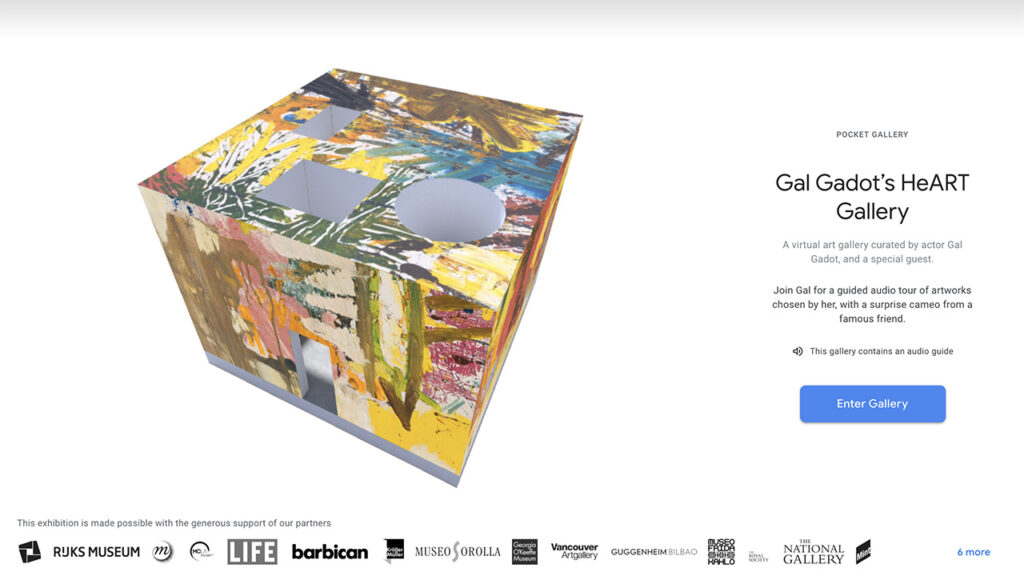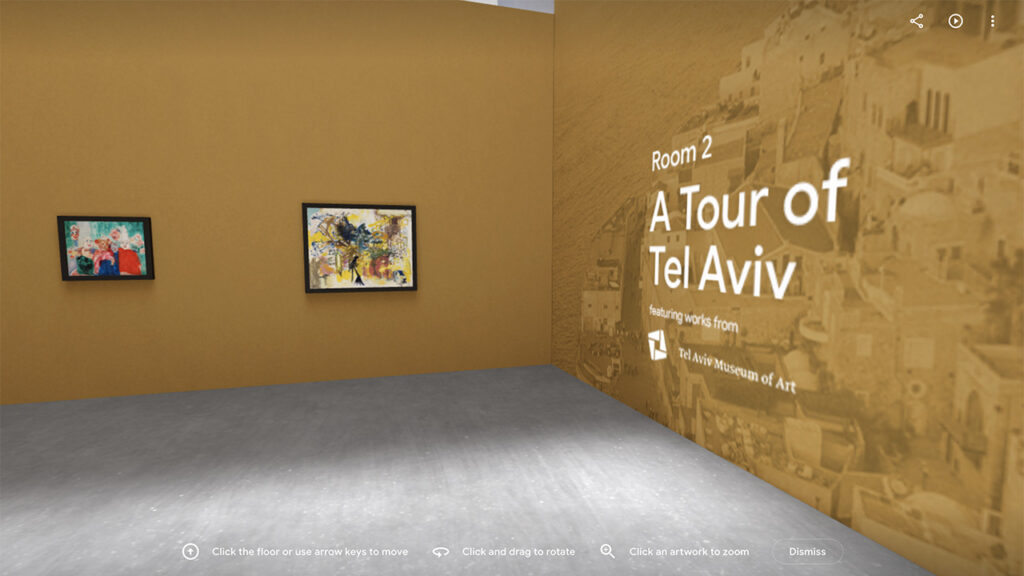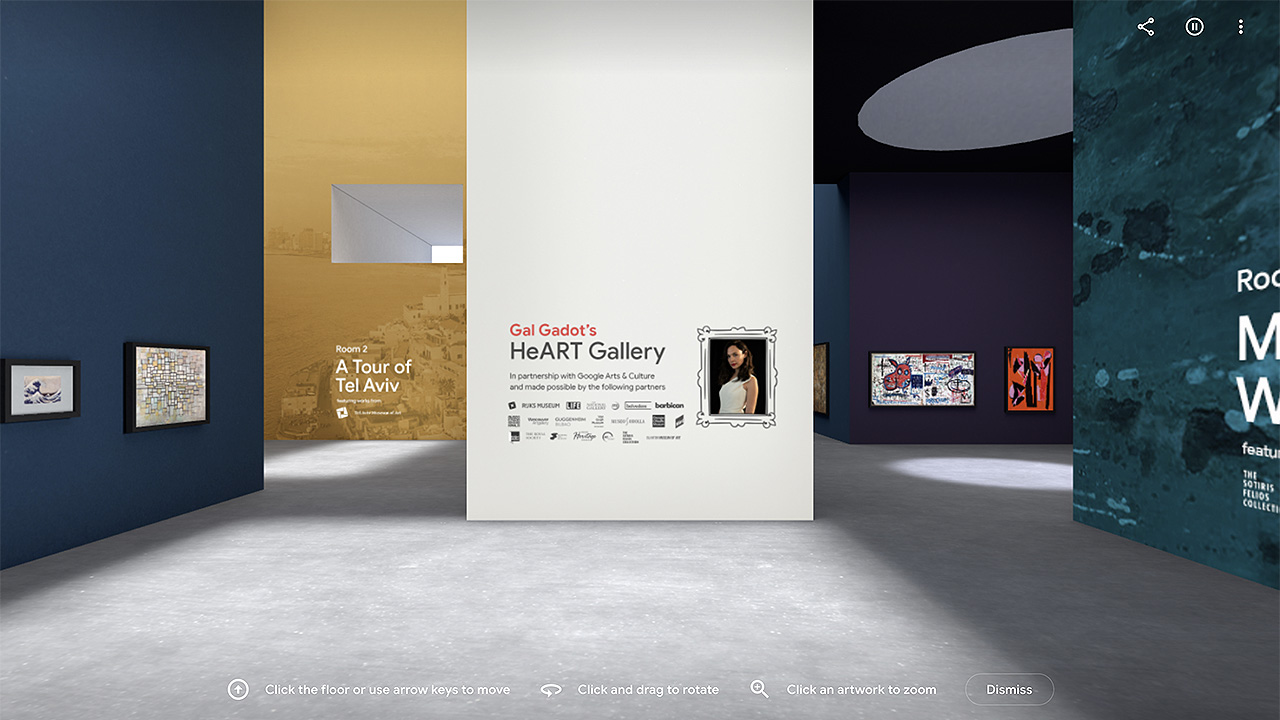Netflix seems to be single-handedly fueling the market for art heist-centric content. Following Lupin, a thriller that opens with the lifting of a necklace from the Louvre, and This Is A Robbery, which recounts the 1990 heist of 13 artworks from Boston’s Isabella Stewart Gardner Museum, the streaming giant has lately added Red Notice to its art-theft arsenal.
Starring Dwayne Johnson, Ryan Reynolds, and Gal Gadot, the action comedy sees an FBI agent team up with a small-time art thief to capture a big-time art thief. Hijinks ensue across Asia and Europe, with key scenes featuring the Museo Nazionale di Castel Sant’Angelo in Rome and the Louvre in Paris. The critics have it at 36 percent on Rotten Tomatoes, but according to Netflix, Red Notice is currently its most popular film, having clocked some 328 million viewed hours in two weeks.
And Netflix is capitalizing on that success by partnering with Google Arts & Culture — suitably, an online home for cultural artifacts and a regular museum collaborator — tapping, in particular, the initiative’s virtual gallery, the Pocket Gallery.
What happened

Red Notice star Gal Gadot’s Pocket Gallery includes works from institutions such as the Rijksmuseum, the National Gallery, and the Barbican. Image: Google Arts & Culture
Late last month, Netflix organized the so-called art battle, “Museum Face-Off.” Moderated by Johnson, the game involved his co-stars answering art-related questions (with some featuring Google Arts & Culture’s Art Transfer technology) to win the opportunity to curate their own Pocket Gallery.
Spoiler: Gadot took the prize and has unveiled her HeART Gallery on Google Arts & Culture. Per her audio commentary, her virtual gallery houses works that “mean a lot to [her] personally,” including pieces by the likes of Monet, O’Keeffe, Klimt, and Hokusai, among selections from the Tel Aviv Museum of Art, where she made some “fond memories” as a child. Her co-star Reynolds, as is his wont, makes a cameo on the commentary and within the gallery.
Why it matters

Netflix’s latest cultural collaboration follows up on its previous museum partnership with the Brooklyn Museum for The Queen and The Crown. Image: Google Arts & Culture.
As previously reported here, Netflix’s latest moves have vastly expanded its remit as a tech company, subscription service, production house, or however you might categorize its business. In 2021, the platform launched its own e-commerce store, signaling a licensing push that it’s maximized with immersive in-person offerings, including a number of globe-spanning Squid Game-themed pop-up exhibitions and the upcoming Stranger Things: The Experience.
These latter experiences have ensured that the streamer’s content resonates beyond its platform — and even more so with the aid of partners in the arts and museum sector. The Brooklyn Museum’s The Queen and The Crown exhibition illustrated one such partnership, and Netflix’s first team-up with Google Arts & Culture indicates the company’s continued intentions to play in the cultural space. Besides expanding its ambit and capturing new audiences, these collaborations further align Netflix’s IP with the arts sphere, offering valuable branding and new storytelling opportunities. Netflix’s cultural ambitions surely won’t end here.



